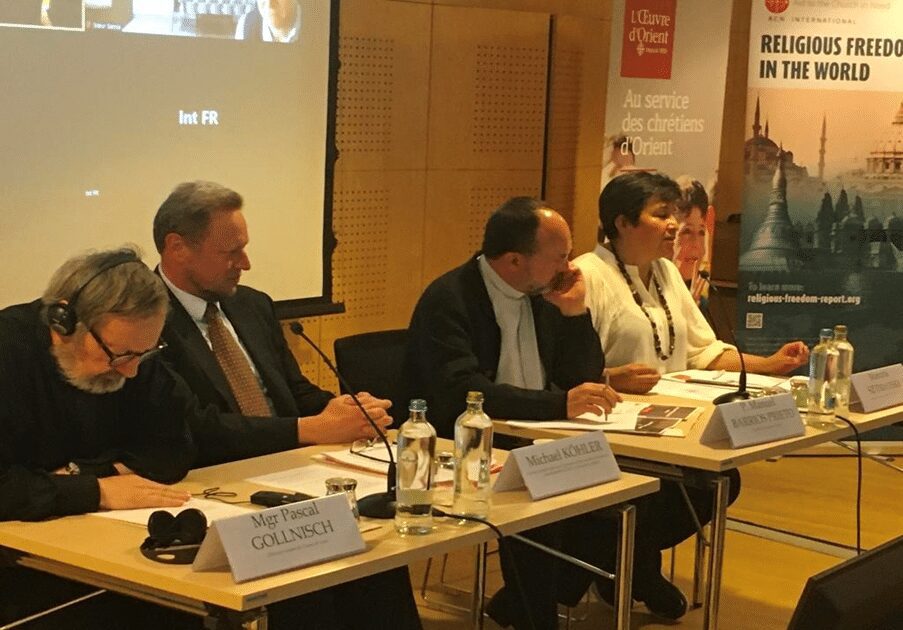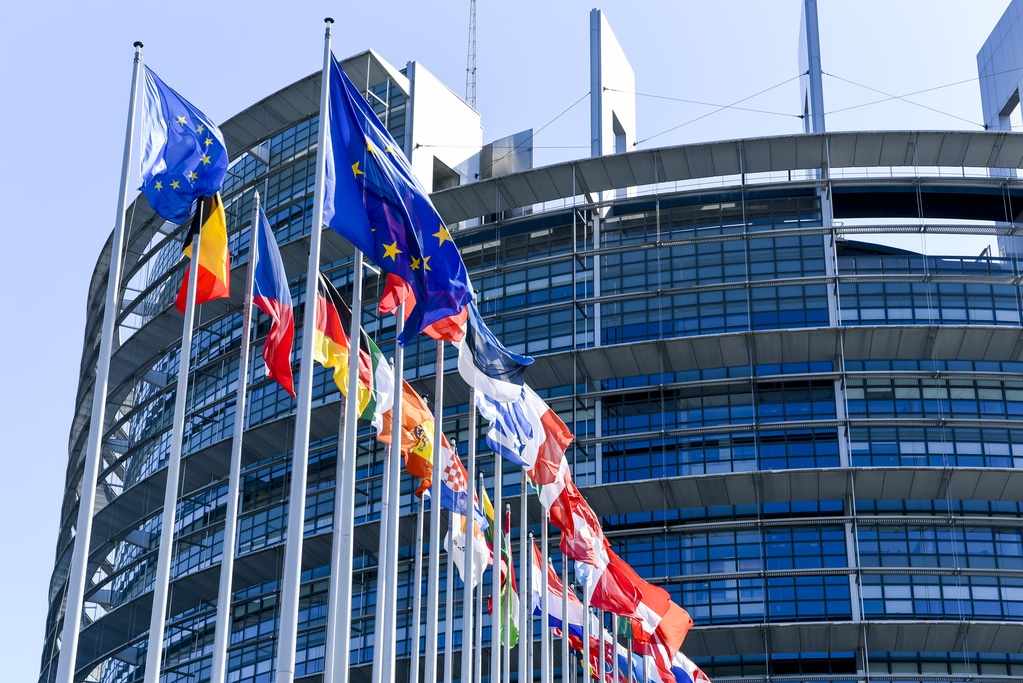On 6 August 1890, a form of execution called the electric chair was used for the first time in the United States. The first person executed was William Kemmler. Nine years later, in 1899, the first woman, Martha M. Place, was executed in Sing Sing Prison.
But it was not until 45 years later, in 1944, that a 14-year-old boy named George Stinney was executed. This young black man was found guilty of murdering two girls and was immediately condemned by an all-white court to die a brutal death in the electric chair. The most curious thing is that this brutal attack on human rights had its epilogue in 2014 when an appeal court, thanks to a black rights organisation, which had the evidence of that case reviewed, declared him innocent, not not not guilty, but innocent.
In the late 1980s, working as a documentary filmmaker, I had the opportunity to participate in a documentary on forms of death and among them, one of the most shocking was undoubtedly to see the process by which a person was seated in a chair and his limbs were tied to the chair with straps. Then a splint was placed in his mouth so that he would not swallow his tongue and choke during the convulsions, his eyes were closed, gauze or cotton wool was placed over them, and then the adhesive tape was applied so that they would remain closed.
On top of his head, a helmet connected with wires to an electric net and finally the terrible torture of frying him was put into practice. His body temperature would rise to over 60 degrees and, after suffering terrible convulsions, having to relieve himself and experiencing a series of vomiting which, due to the splint and a kind of strap attached to his chin, left only a white foam peeping out of the corners of his mouth, he would die. This was considered a humane death, given that at the end of the 19th century, it replaced hanging, which was apparently atrocious.
Today the practice is no longer used, although some American states, including South Carolina, often give it as an option to prisoners. There is no evidence of its use today, although similar methods are used in some of the documented tortures carried out by central intelligence or terrorist movements around the world. Torture by alternating or direct current is still among the top ten most commonly used methods.
In other words, the use of electricity as a form of death or torture to obtain information is basically already classified as a human rights offence all over the world, including the most radical countries on earth, which often sign the various United Nations charters condemning such practices.
Why, then, does an army of psychiatrists throughout the world persist in continuing a practice that has been condemned by many of their colleagues, in contravention of the guidelines and recommendations of the World Health Organisation, the United Nations and even the various organisations linked to the European Union in this field? What are they trying to prove?
In 1975, in the Oregon State Hospital in Salem, a psychiatric hospital that still exists today, the interiors of one of the most iconic films in history were shot: Someone Flew Over the Cuckoo’s Nest. A cult film, it is ranked 33rd out of the 100 best films of the 20th century. This is not the place to develop the plot, but it takes us into the life of a psychiatric hospital where electroconvulsive therapies are carried out in the 1960s.
The plot is set in 1965 and depicts the treatment of the patients in the centre. Violent nurses, are obsessed with controlling the patients. Doctors who use them for experiments and above all to suppress what they consider to be their aggressiveness. Electroconvulsion and especially its first cousin lobotomy are part, in this film, of what the psychiatric class used to do at that time, and even many years later.
In the end, the scene, which is still repeated today in many parts of the world, is always the same. The patient is treated like a prisoner, he is deprived of any possibility of having a say in what is going to happen to him, and it is a judge, playing Pilate, who washes his hands of a simple sheet of paper stating that this subject, this person, is mentally ill and that he needs this therapy, according to the psychiatrist on duty.
They are sat in a chair, or laid on a stretcher, unheeding, if they are relatively conscious and not crammed with antidepressants and tranquilisers, and electrodes are attached to the skin of their head, through which current is supplied, without knowing what the therapy will produce. A piece is even placed in their mouths to prevent them from swallowing their tongues so that the current can be applied without remorse.
Yes, there are studies that speak of a certain improvement among patients with severe clinical depression, even in some cases the figures are as high as 64%. Likewise, in states of violent schizophrenia, it seems that the personality of these patients improves and they are not so aggressive. And so it is possible to live with them. They are patients condemned for life to aggressive electroconvulsive therapy, most of them with no say in the appropriateness of their treatment. It is always others who decide, but what does the patient want?
In the face of these infrequent studies, mostly carried out in psychiatric environments, paid for by pharmaceutical industries eager to sell psychotropic drugs, the failures are ignored, hundreds of thousands of people with whom this therapy has been used over the last few years, without any results. Such figures are never published. Why?
The gaps in the mind, the loss of memory, the loss of speech, motor problems in some cases, and above all the enslavement to antipsychotic drugs are really a scourge which, despite the efforts of organisations denouncing such practices, are to no avail.
In the United States, or in the European Union, when this type of aggressive and denounceable therapy, medical tortures, are applied, in short, anaesthesia is usually applied to the patient. It is called therapy with modifications. However, in other countries, for example in Russia, only 20% of patients undergo this practice with a relaxing treatment. And then in countries such as Japan, China, India, Thailand, Turkey, and other countries where, although it is used, there is no statistical data on the subject, it is still practised in the old way.
Electroconvulsion is, above all, a technique that violates the human rights of individuals, including those who at a given moment may appear to need it. Also, without there being a general study, which would be very interesting, I believe that more and more of this technique has been used in psychiatric hospitals all over the world for the annulment of people, in order to carry out studies on patients who are a nuisance. People who hardly mean anything to society and who can be made dispensable.
Have all psychiatric practices always been used for the benefit of society, or rather for the benefit of a few large companies?
The questions go on and on and, in general, psychiatrists do not have any answers. Even when, after the trial of success-error they carry out their electroconvulsive therapies, and this provides them with something like an interesting response, they are able to obtain a meagre improvement in the patient, nothing definitive; they do not know how to explain the reason for this improvement. There are no answers, the good or bad that it can produce is unknown. And all that can be said is that patients are used as guinea pigs. No psychiatrist in the world is going to guarantee that such a practice can reverse any of the alleged disorders for which it is used. No psychiatrist in the world. And if not, I encourage them to ask in writing for the real benefits of taking pills or applying some kind of aggressive therapy that they might recommend.
On the other hand, and to conclude, many of the people who come to be diagnosed as patients of interest to receive electric shocks to the brain have been treated with antipsychotic or antidepressant drugs, even crammed with anxiolytics. In short, their brains have been bombarded with medication, the contraindications of which are often more serious than the small problem they are trying to solve.
It is clear that societies that constantly manufacture diseases also need to generate medication for them. It is the perfect circle, turning society, the people who make it up, into mentally ill people, in general, making us chronic patients so that they can take the pill that will save our minds to our nearest drug dispensary.
Perhaps, at this point, I would like to ask the question that many medical experts, some of them honest psychiatrists, are asking themselves: Are we all mentally ill? Are we creating fictitious mental illnesses?
The answer to the first question is NO; to the second question, it is Yes.
Source:
Electroshock: necessary treatment or psychiatric abuse? – BBC News World
And others.














